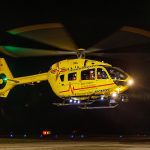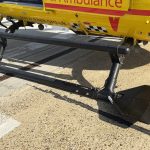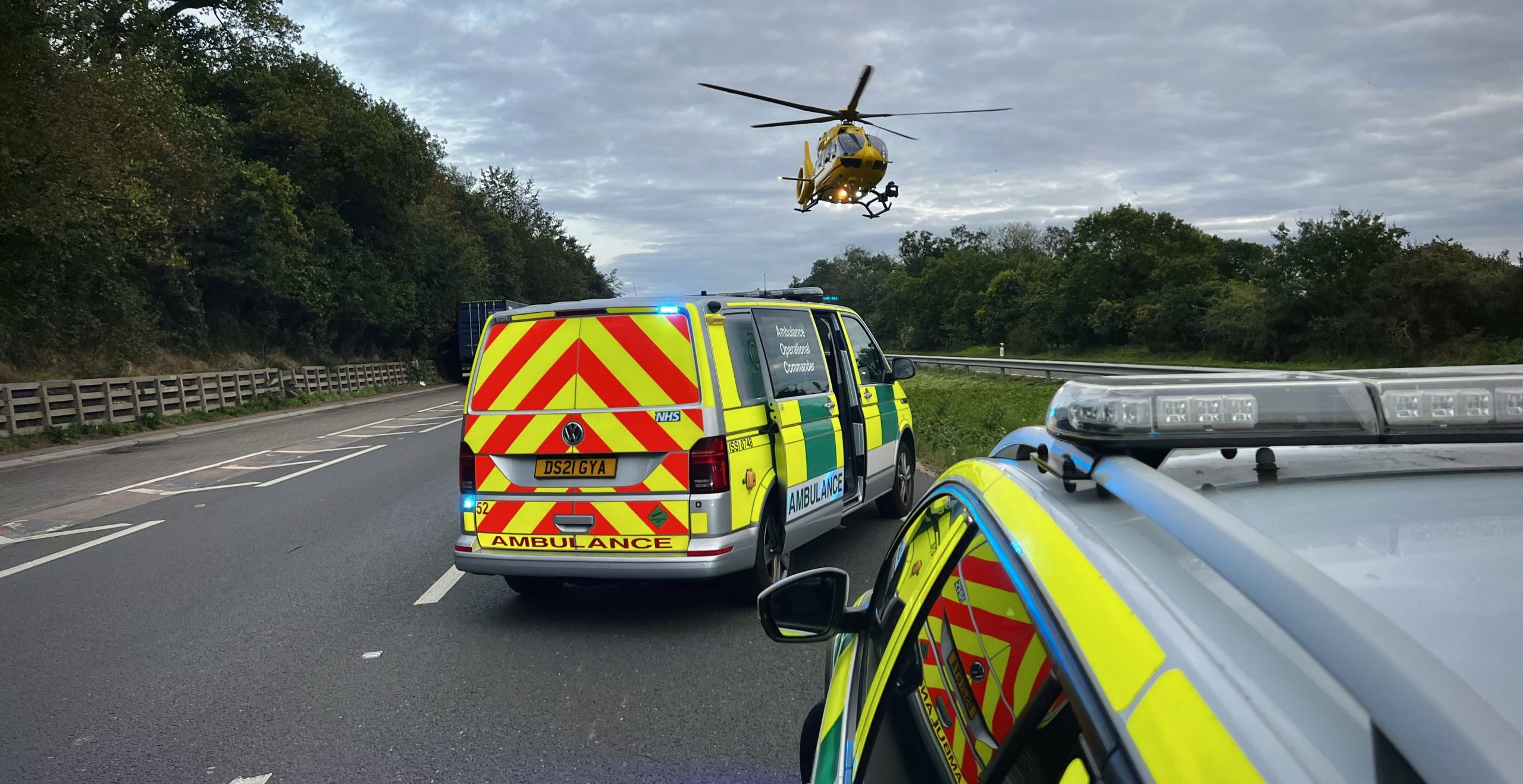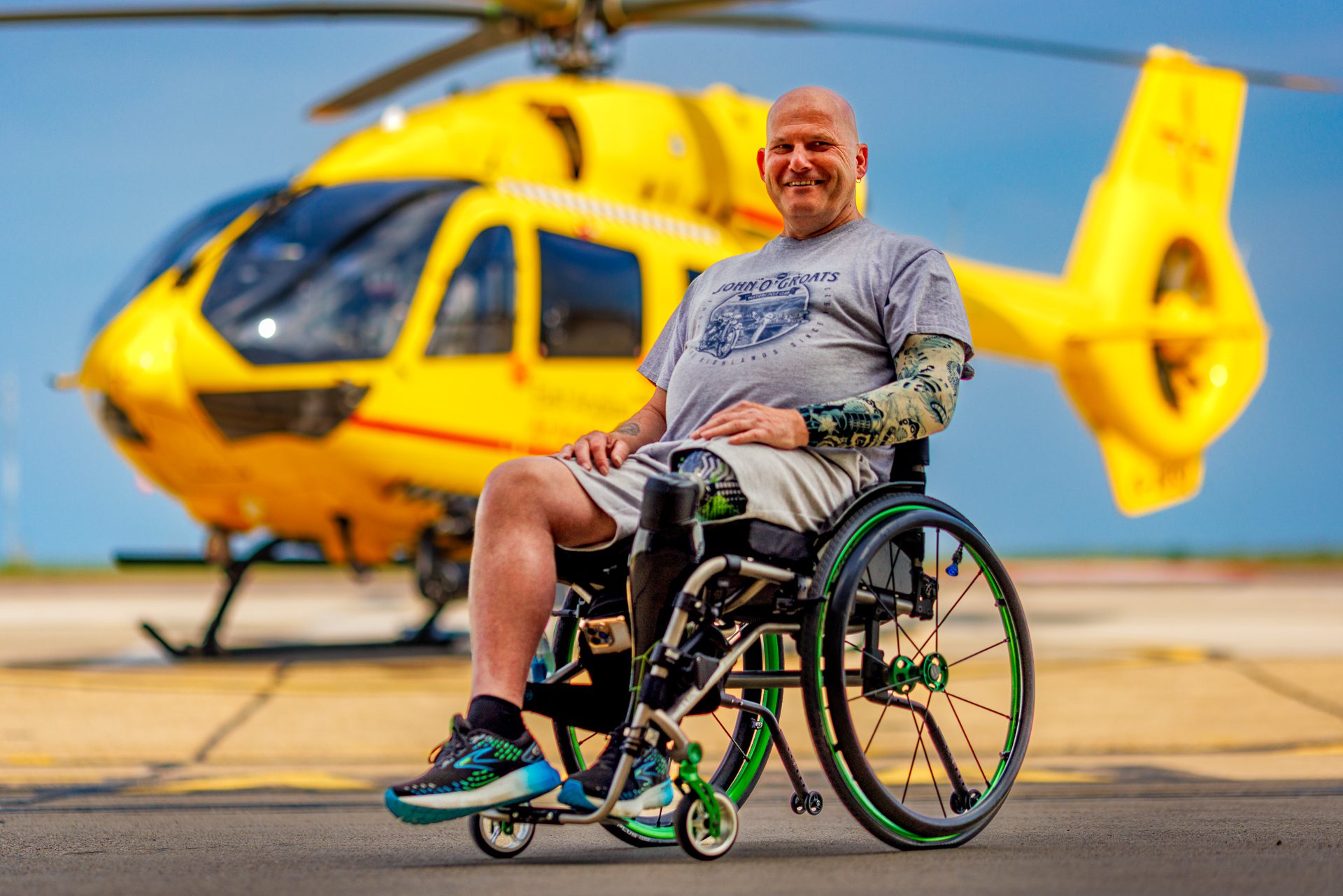28 Oct 2025
Behind the scenes of a neurological tasking
Our crews are tasked to a wide range of medical incidents across Bedfordshire, Cambridgeshire, Norfolk and Suffolk. In 2024, 21% of the crew’s call outs were to people experiencing medical emergencies which can include, but is not limited to, incidents such as strokes and seizures, traumatic brain injuries and brain haemorrhages. In the latest of our look behind the scenes of some of East Anglian Air Ambulance's taskings, we spoke to Dr Nicola, Deputy Medical Director, about the crew’s considerations when providing treatment and care to somebody who may be experiencing a serious neurological event.
Diagnosis by exclusion
“When attending somebody in the pre-hospital environment, we are presented with a group of symptoms, and we need to determine how to help and treat this person in an often time-critical situation. With a patient who is experiencing a serious neurological event, it’s often a case of diagnosis by exclusion.
The person may be showing reduced levels of consciousness, so we need to rule out other reasons for their symptoms, such as low blood sugar, an overdose or an infection for example, as these may require other forms of treatment, such as the administering of antibiotics.”
Innovative blood test
“East Anglian Air Ambulance’s innovative BRAIN-FIRST trial can support clinicians in these circumstances. BRAIN-FIRST uses a blood test at scene for patients with a reduced level of consciousness which may be able to help determine if they are suffering from bleeding in the brain.
The trial is looking to see if blood test can detect brain biomarkers (tiny biological molecules found in blood, tissues, or other body fluids that indicate a normal or abnormal process, condition, or disease) and provide potentially diagnostic results in minutes. A biomarker increase in the BRAIN-FIRST study may indicate that the patient is suffering from bleeding in the brain.”
Pre-Hospital Emergency Anaesthetic
“We make critical decisions on scene, such as do we need to administer a pre-hospital emergency anaesthetic to provide neuroprotection – to slow progression of any neurological damage and reduce secondary injury. We are cautious and have meticulous attention to detail regarding anaesthetics. To help plan, we review any history available to us and current medications the patient is taking as quickly as possible.
We can then commence the right medication regime and pay detailed attention to neuro-protective care. This includes trying to maintain a patient’s temperature, normalise a low blood sugar and try to avoid any significant rise in intracerebral pressure (pressure on the brain).”
Beat-by-beat blood pressure monitoring
“We also want to avoid significant variations in blood pressure as it’s not good for the brain. By inserting an arterial line – a thin cannula into the patient’s artery – we can carefully monitor blood pressure, beat by beat. This enables us to identify any increase or decrease in blood pressure quickly so we can respond immediately and optimise their care.”
Destination hospital
“The patient’s condition and symptoms will influence our decision making at scene about which hospital they should be taken to, and whether this should be by air or by land ambulance.
It may not be the closest hospital, but the most appropriate hospital for their ongoing treatment and care. For example, if we’re treating somebody with a severe sudden onset headache who collapses and requires a pre-hospital emergency anaesthetic this could be a potentially time-critical emergency and we may choose to take them to a specialist neurosurgical centre, our closest being Addenbrooke’s Hospital.”
Your support is the difference
“East Anglian Air Ambulance is funded almost entirely by your generous donations and kind fundraising, so the work of crews is possible thanks to you. When you make a donation, no matter what size, it really is contributing to lifesaving care, including helping people experiencing critical neurological medical emergencies.
Thank you for enabling us to be there when people need us most, 24/7, by air and road across the region.”








